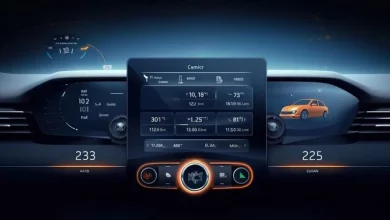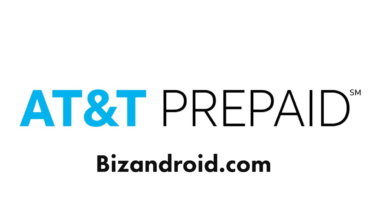Emergency Alert System 2022

The emergency alert system is one of the most important electronic components of a mobile phone. It helps us to notify our relatives and friends about urgent situations, such as fires, accidents, etc. In this article, we take you through all the features that will be available in Android 4.4 OS for android phones, latest alerts system update, emergency system, weather alert, real-time location sharing, security alerts, contact tracing system, and cellular data recharge, wireless emergency communication and others.
Emergency Notification System
The notification system has two parts (main part and auxiliary part), it consists of the main part and second part. The main part serves to inform other users about an emergency situation when there is a crisis or any other problems.
When an emergency occurs the first thing that happens is that the user receives information about the event which is about to happen. Then after that, they receive some notifications through several channels that tell them how much time has passed since the last notification.
These channels are SMS, RCS (Radio Frequency), WAP protocol, or GPRS (Global Positioning Radar). Each channel also contains special messages that inform you about your situation on the whole network. Depending on where and when the event happened the user will get different types of messages.
The second part of the Notification Center System gives all the details about what happened and people’s reactions to it. This kind of message can be used by other parts of our system (SMS, RCS, etc.) that have their own application for receiving more information from our network systems.
Also, the notification center can notify the authorities if something goes wrong here. At some point, you can even ask to request certain information. There are a lot of devices out there that offer a free service where users can talk to the system operator to know what’s going on in case of an emergency.
Weather Alert
A weather alert is another important feature of the system. You can set up multiple locations so that this device will show local alerts in nearby places. The alarm will send out SMS on the same mobile number and so notifications via Bluetooth can pass through to nearby objects. We have many options to choose from, for example:
A general alert: This type only shows the general area around which the alert is issued.
This type only shows the general area around which the alert is issued. Localized alerts: This type shows all the nearby areas and their particularities. For instance, it might show what the temperature is at that place, how windy it’s and why.
This type shows all the nearby areas and their particularities. For instance, it might show what the temperature is at that place, how windy it’s and why. Special alerts: If you need to inform the public about the disaster then this type of alert will be useful.
If you need to inform the public about the disaster then this type of alert will be useful. Community alerts: This type will tell people how dangerous they are and how serious the accident happened.
This type will tell people how dangerous they are and how serious the accident happened. Public warnings: No location data is needed but you can see what level of danger the current situation is and what actions you should take.
For emergency situation the following things are needed: emergency SMS/MMS (for iOS), local alerts, weather alerts, mobile data, contact tracing and location sharing.
SMS
RCS
WAP (for Android 5)
Cellular Data Recharge,
In-built Location Sharing (Google Maps, YAHOO)
Location Tracking – with Google Maps
WiFi connection & Internet access
The new version of the Emergency Alert system will support both legacy and new versions of smartphones. It means you can install this system on older models without worrying about compatibility issues. You just need to download the necessary software such as SDK, MobileNetd, OpenPilot 4, etc.
The official website offers three major downloads:
The AppStore:
The Google Play Store:
Official Download page:
The Developer Portal:
You can install various libraries by yourself, but as soon as you download open source code you will have to use third-party libraries from XDA Developers. Here is the link for that. I will try my best to explain everything because it really looks like a cake :).







